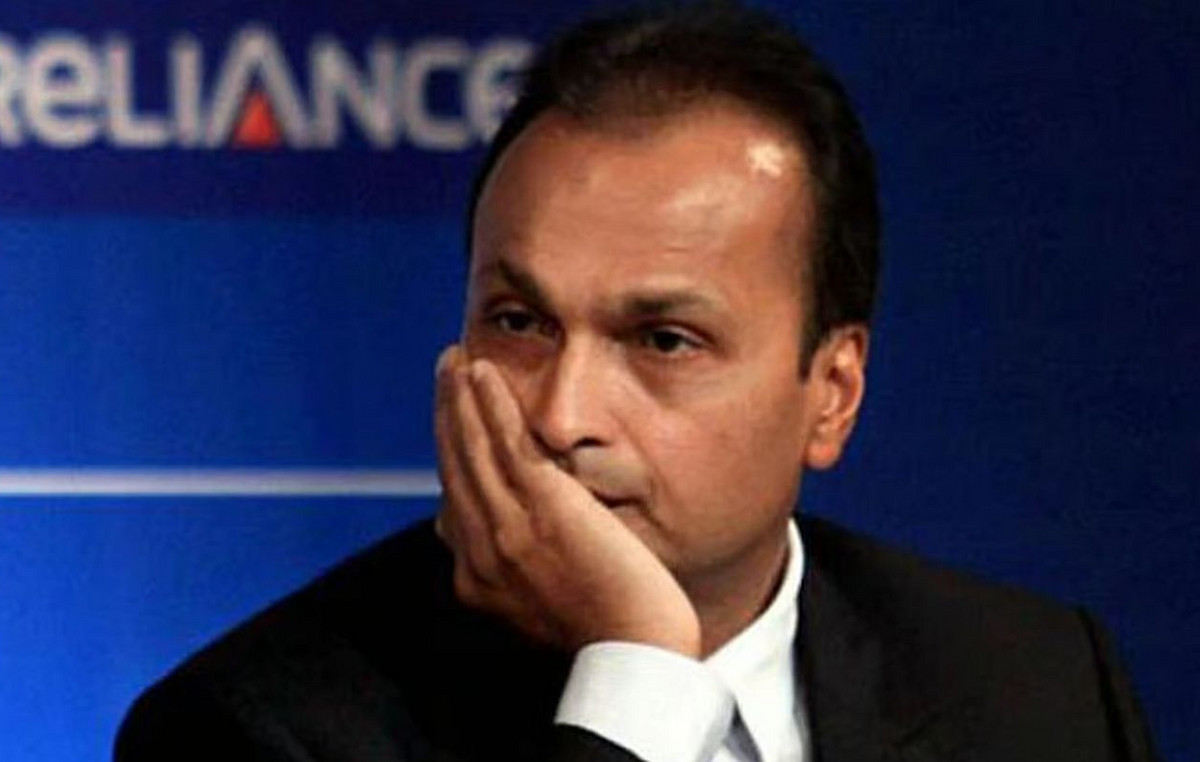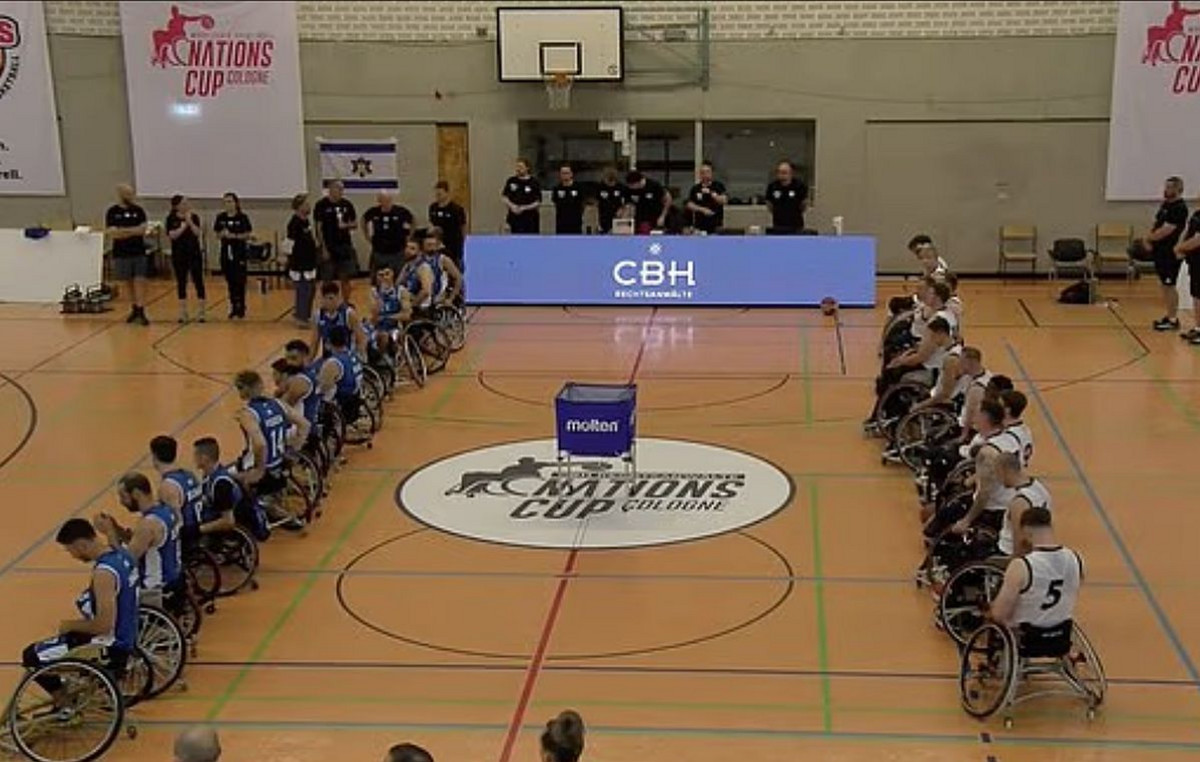They have a normal life, they are young, sporty, full of interests. Then, suddenly, something cracks. At first it seems only the desire to stay fit: keep an eye on nutrition, avoid sweets, fatty foods, excesses; the drift begins subtly and submerged: the diet turns into a very dangerous do-it-yourself diet and sport into an obsession with controlling the calories to burn and burn and burn. When the disease comes to devastate the body, the monster has already done much of its work and the stage is advanced.
Flavia is 14, plays football and has a lot of friends. The disease manifests itself after the first pandemic: initially she reduces food, finds a thousand excuses to avoid meals and snacks, compensates for the little she eats with running, gymnastics, kilometers on foot, trims the food to the dogs, imposing on her sister silence, so as not to be discovered. He comes to weigh 43 kilos and then 35, losing a kilo a week, but it is the psychological picture that is frightening: “Flavia was getting worse every day,” says her mother, Chiara. She «she was afraid of getting fat too just by stamping on a dirty paper or smelling the scent of food».
Roberta was 24 when it all started. “My mother was seriously ill with cancer. A devastation of pain. I followed her everywhere, accompanied her to her visits, slept with her and, while she rested, I kept two fingers on her wrist so as not to lose the pulse. I had stopped eating“. After anorexia, bulimia, large binges and vomiting caused up to thirty times a day damage her, causing permanent damage to her stomach and intestines and terrifying pains.
Eating disorders, which take root easily also due to a childhood trauma, experience a long moment of respite with the arrival of the two children, but again, on the threshold of their adolescence, the irrepressible urge to keep everything under control makes it fall back into the abyss. “It was a nightmare for everyone, because dealing with an eating disorder sufferer “, he says,” is like walking on a minefield. If you don’t know exactly where the mines are, you jump in the air. A tsunami that devastates those who get sick and those who are next to them, dragging everyone into the abyss with it ”.
“When a daughter or a son falls ill with foodborne illnesses, you no longer recognize them: they become self-harming, violent, depressed people, with whom every channel of communication is lost”, he says. Agnese Buonomowho dedicated his to the theme: The devoured family. Living alongside the eating disorder (Mursia editions, 139 pages, 16 euros). In the book, Flavia, Roberta, Enea, Lollo Lea, Azzurra, Aurora, are some of the boys who struggle with a disorder that paralyzes mind and body. Sometimes they heal, sometimes they resist. Sometimes, no. To tell their stories are parents or brothers and sisters, who live that nightmare mostly in the silence of the home, dominated by general ignorance, common stereotypes and little social attention.
But yet, in Italy over 3 million people suffer from an eating disorder; double, if only one family member is added to each of them: 10% of the population has to deal with these diseases, with a significant increase recorded during and immediately after the lockdowns for Covid: 30% more new cases in last year (February 2020 – February 2021) compared to the same period 2019-2020, a lower age group (13-16 years) and, contrary to popular belief, no longer a female exclusive: males are also affected. An epidemic in the pandemic, doctors say.
It was once thought that the causes of eating disorders were to be found in the family context, particularly in relationship with the mother, and families were blamed. In fact it is about mental illness and clinical studies have shown that the onset is caused by many factors, enhanced, in the last period, by inactivity, isolation and the loss of usual rhythms. This is why it is necessary to face the problem through a multidisciplinary approach, thanks to various professional figures who take care of the patient and his entire family. However, our country still lacks a widespread culture of food discomfort, there are few treatment centers, and increasingly long waiting listsso many families find themselves living the disease with shame due to the social stigma, and in loneliness and isolation due to the lack of specialized structures.
“It can even happen that a general practitioner initially minimizes the problem, wasting precious time”, explains Agnese Buonomo. “Or that at home you say to an anorexic:”Come on, eat, with all the starving children“, ending up making things worse.” The timeliness of diagnosis and the availability of treatment are fundamental elements for setting up a therapeutic path that offers hope to those suffering from these disorders and to families, who need to be taken care of together with the person ill and to be able to count on psychological support, to become collaborators of the treatment and not obstacles, albeit involuntarily.
Instead, in some regions, even there is a complete lack of assistance for these problems and in many cases families are forced to undertake journeys of hope to seek adequate care.
“I lived for months with my suitcase in my hand,” says Flavia’s mother, who leaves a Naples the husband and the younger daughter, to accompany the eldest in her odyssey against anorexia from Campania to Lazio, from Tuscany to Umbria and then again in Tuscany and again in Umbria until the return to Naples, like a ball in a pinball machine, that flips from one side of the boot to the other, in search of shelter and care.
They find them at Vanvitelli, the Polyclinic of Naples, where Flavia is taken in charge by the team of Professor Carotenuto and brought to safety thanks to a three-month hospitalization. “We are a ward with very few beds, today almost all occupied by people with DCA (eating disorder) to respond to the growing need in the area ”, explains the professor. “Yet, also thanks to innovative treatments such as Direct Current Transcranial Stimulation (tDCS), we are obtaining encouraging results: tDCS modulates the electrical activity of some brain areas and following this treatment, for example, six out of seven patients have resumed the menstrual cycle that anorexia had blocked. The treatment is in addition to the pharmacological and cognitive-behavioral pathways, includes three weekly sessions for six weeks and the re-evaluation of the entire clinical picture by comparing mainly the path and outcome with the initial data on mood regulation and eating behavior. Follow-up visits continue up to 12 months from the end of the course, with a multimodal approach implemented by a team made up of a child neuropsychiatrist, two psychologists and a nursing coordinator “.
One might think that such positive experiences are shared by all treatment centers throughout the country to offer everyone the same recovery opportunities. It is not so. “Developing adequate protocols, creating structures, making investments: this is the way,” he comments Stefano Tavillawho created the association after the devastating loss of his daughter Giulia I feed on life And the lilac bownow a universal symbol of food diseases, Ten years ago, Giulia was on a waiting list to be hospitalized.
“For these diseases they represent the second leading cause of death in adolescents, but which have a cure rate of 70%, only with appropriate and guaranteed interventions for all can there be real hope of cure and recovery », concludes Buonomo. That of Roberta who today, at the age of 57, next to her boys and her husband has learned to recognize the shadows of the monster when it comes back, or that of Flavia, returned home and on the football field in the role that is most congenial to her: the attacker.
Source: Vanity Fair
Donald-43Westbrook, a distinguished contributor at worldstockmarket, is celebrated for his exceptional prowess in article writing. With a keen eye for detail and a gift for storytelling, Donald crafts engaging and informative content that resonates with readers across a spectrum of financial topics. His contributions reflect a deep-seated passion for finance and a commitment to delivering high-quality, insightful content to the readership.







